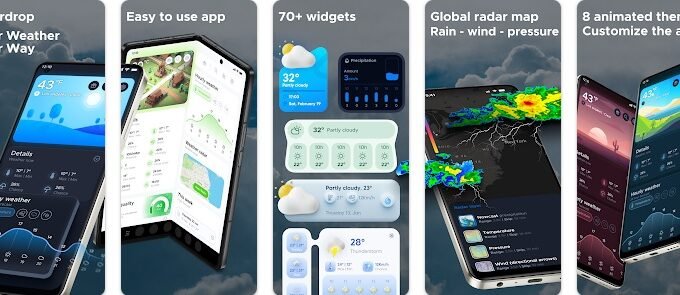
Build Amazon clone with Bubble Website
No-code tools like Bubble are the solution for swiftly designing and delivering sophisticated software if you need to ship your product quickly.
Bubble and other no-code tools are transforming how everyday folks create software. Bubble’s robust platform has made it easier than ever to get started developing software without writing a single line of code.
To start, you must create a free Bubble account. You may then follow and create your marketplace without knowing how to code.
You have the chance of starting your project by wireframing your product design or by creating the appropriate fields in your database.
In this scenario, we’ll start by shaping our product’s user interface with the Bubbles visual design tool.
The capacity to transmit data between pages is a key feature of Bubble. This enables you to generate a generic version of a page and then dynamically show relevant material from your database as needed.
To host your particular products on your Amazon clone, you’ll only need to construct one page. Then we can write the logic to only show the relevant product on each page when it’s required.
Set up your database: You may focus on establishing the essential data types and fields to fuel your application once you’ve planned out the display of your product. These parameters will be used to connect the workflows that support your product. Bubble’s pre-built database makes it simple to construct several data kinds, each with its own set of fields.
Creating workflows: It’s time to start stitching things together and making your product functioning now that you’ve structured both the design and database for your application.
The main way to do this with Bubble is through “workflows.” Each workflow begins with an “event” (for example, a user clicking a button), and then proceeds through a sequence of “actions” (for example, “sign the user up,” “create a database change,” and so on).
Adding a new product to the mix: The option for vendors to post their products for sale on Amazon is one of the platform’s most important features.
You can start this process on our product upload page by using a variety of input fields, such as free-text fields, picture uploaders, or multiple selection fields.
Once a user has filled in all of the required information in each input, they will click the submit button to add a new record to your database. The action of clicking the button will be required to start your workflow.
Display Contents: You’re ready to display each item in a feed on the homepage once you’ve added multiple products to your marketplace. Using our repeating group element, we can accomplish this. Repeating groups work with your database to present and update a dynamic list of material.
When using a repeating group, you must first associate the element with a database data type. In this case, the kind will be classified as a product. You’ll also need to make the data source a list of all the products that have been supplied from your database.
Data transfer across pages: It’s also possible to generate events within each column within a repeating group. When creating navigational elements for your platform, this function will come in handy. Because Amazon’s site only shows a summary of each product (containing its name, image, and price), you’ll want to create a new page for each item. Your dedicated product page will need to host this additional content.
Creating a searchable menu: It’s also feasible to create a search function to travel between pages as an alternate navigation option. With tons of products on Amazon, consumers will frequently need to use the search box on the front page to find specific items.
Users can type in a query and then see a list of all the products that match those keywords. We can construct a search results list by adding a new page to our application.
Putting things in a shopping cart: When a user is ready to buy, they will click the add to cart button, which will start a new workflow. The reasoning behind this approach is similar to that of establishing a new product, only we’ll be changing a field in your database rather than generating something new.
When we’re designing our final checkout experience, having a list of a user’s total cart items will come in handy.
Creating a Checkout: The ability to purchase things through checkout is one of Amazon’s (or any eCommerce platforms) most important features. Bubble allows you to simply receive payments and process orders by combining the power of many plugins.
Conclusion
The bubble can assist you with creating an Amazon clone or any other product! It’s never been easier to create something amazing without having to know how to code but with AtomChat, you can take user engagement on your online marketplace to the next level.
You may establish a direct connection between customers and sellers on your online marketplace with AtomChat’s real-time chat platform. To connect people, spark dialogues, and build trust, marketplace communication is critical. AtomChat meets all of these market demands while also providing an interesting and connected platform. You may be confident that by using AtomChat to meet all communication demands, you will be able to provide the most tailored customer experience possible.





